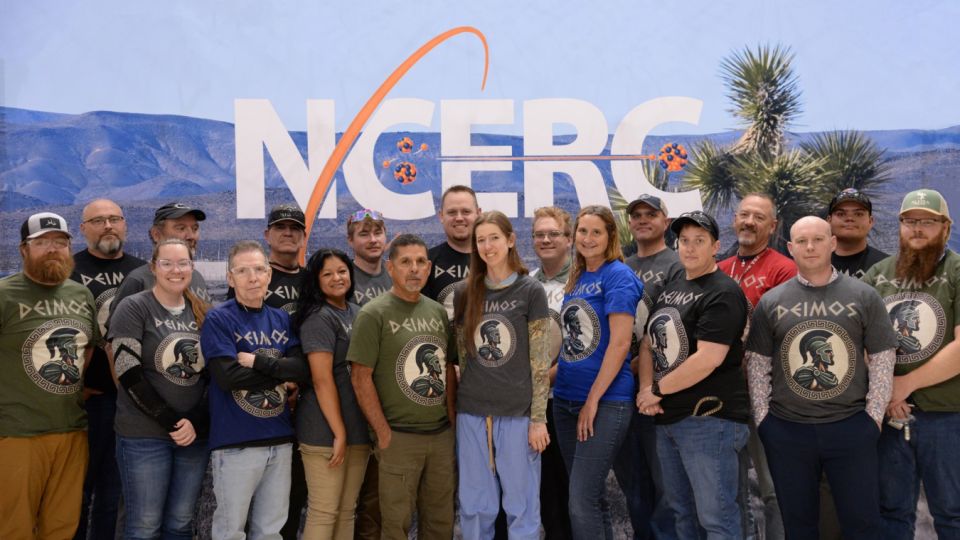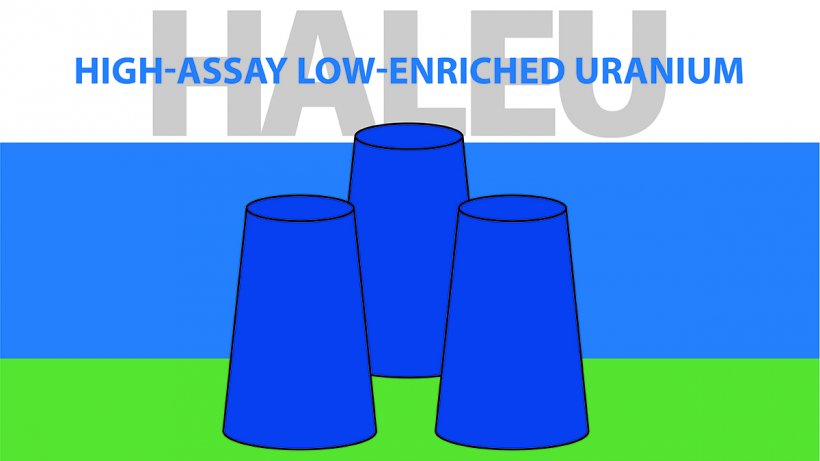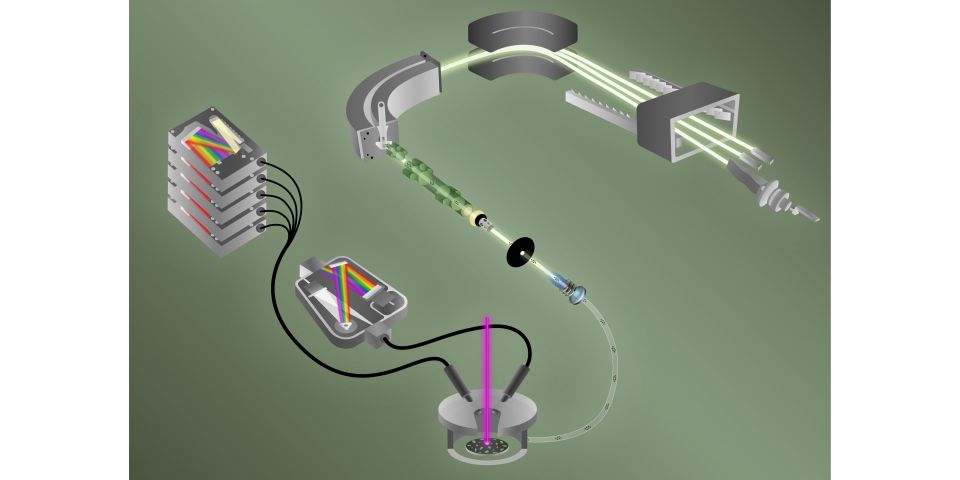ANS Annual Conference: Nonproliferation considerations about HALEU enrichment
The technical session “HALEU and Nonproliferation” on Tuesday at the American Nuclear Society Annual Conference focused on why increased nuclear fuel enrichment comes with increased responsibility. Reactor designers are pursuing high-assay low-enriched uranium fuel for their advanced designs, and technical and policy questions surrounding nuclear nonproliferation will need to be addressed if the United States is to become a HALEU supplier.
The International Atomic Energy Agency calls HALEU—uranium enriched to greater than 5 percent but less than 20 percent uranium-235—the material of the future. The greater the enrichment level of HALEU, the less work is required to turn it into weapons-grade material, although this does not mean that there is higher proliferation risk, as the speakers explained.
The session, chaired by Shikha Prasad, a nuclear physicist with SLB, featured Ben Jordan, manager at nuclear fuel enricher Centrus Energy; Ben Cipiti, a Distinguished Member of the technical staff in the nuclear energy fuel cycle program area at Sandia National Laboratories; and Ross Matzkin-Bridger, senior director of nuclear materials security at the Nuclear Threat Initiative.
The road back: Jordan spoke about the loss of U.S. fuel enrichment leadership and the need to embark on a “road back” to having domestic enrichment capacity.
There are multiple reasons to make HALEU. Advanced reactors, research reactors, and military interests are all in the market for it, creating a clear demand. There is also a more open market for HALEU than for low-enriched uranium, Jordan explained. “It makes sense from business standpoint to fill that void.”
A strong market: What does the United States get out of supporting HALEU enrichment? There is a strong opportunity for the U.S. to fill the void left by Russia, but “no exports equals no influence,” said Jordan. “Vietnam signed a 123 Agreement with Centrus but did not buy any material; the agreement existed but did not provide the value the U.S. was hoping for.”
The U.S. Department of Energy awarded Centrus $150 million to build a small HALEU demonstration cascade, which began producing fuel in October 2023. Centrus is now in phase 2 of the contract—production of 900 kg per year. The milestone will be realized but not on schedule, by the end of 2024.
“It’s also a low-risk proposition for investors,” said Jordan. With many different applications for the fuel, all our eggs are not in one basket. In the worst-case scenario,” he continued, “it can also sit on the shelf until the country needs it for future enrichment.”
There is also a need to expand the nation’s finite stock of LEU alongside production of HALEU, as HALEU can be made by downblending high-enriched uranium. This could help achieve economies of scale, as it is less expensive to expand enrichment facilities to include additional LEU production than it is to build anew for that purpose.
Going from LEU to HALEU: As Cipiti said, “Proliferation resistance should take into account all aspects.”
Enrichment and fabrication facilities producing HALEU need to meet stricter standards. But having any enrichment capability at all—not just for the production of HALEU—has more to do with proliferation risk than the material itself.
“Acquiring uranium enriched to 19.9 percent compared to 5 percent is only part of what it would take to turn material into a weapon. The ability to enrich materials is by far the biggest factor affecting proliferation risk, whether state has enrichment capability or not,” Cipiti explained. Governments and agencies control and monitor these capabilities.
A HALEU economy: Nonproliferation implications of a HALEU economy would need to be considered, according to Matzkin-Bridger.
He commented on the need to thoroughly study the significant challenges of building a HALEU economy, despite HALEU’s strong history as a nonproliferation-friendly material.
HEU has had a “successful track record in research reactors for decades,” he explained, adding that it’s important for perception to remind people that HALEU is a form of LEU, rather than HEU. “This has been seen as one of nonproliferation successes in the last several decades.”
How does a global HALEU economy impact capabilities to weaponize? “People argue that higher enrichment levels make it more attractive for reprocessing—would introduce direct-use materials and be a serious blow,” Matzkin-Bridger said.
“If you are a policymaker and you want to understand a number of SMRs—some that are saying HALEU, some standard,” he continued, “trying to understand the performance, cost, supply chain, and adding nonproliferation to these considerations and weighing the pros and cons should be part of the discussion.”
More from the ANS Annual Conference:






